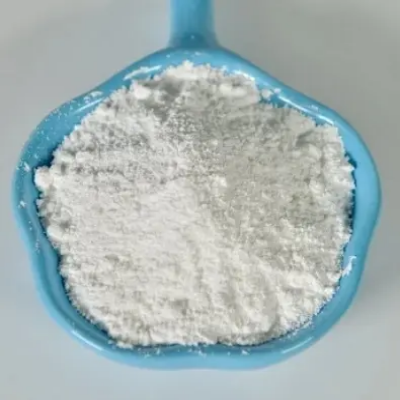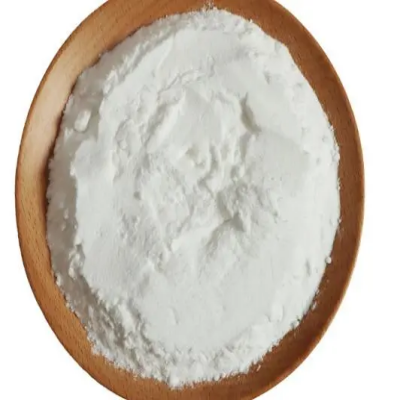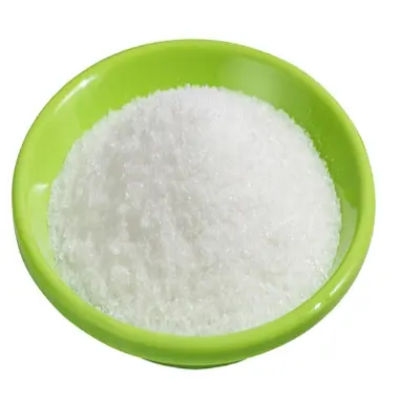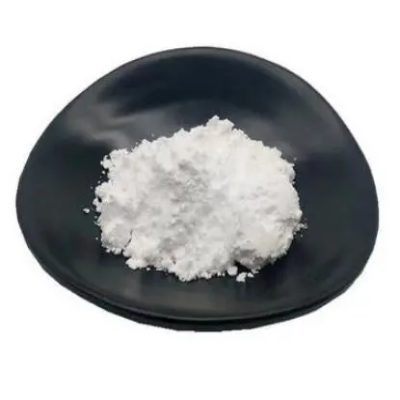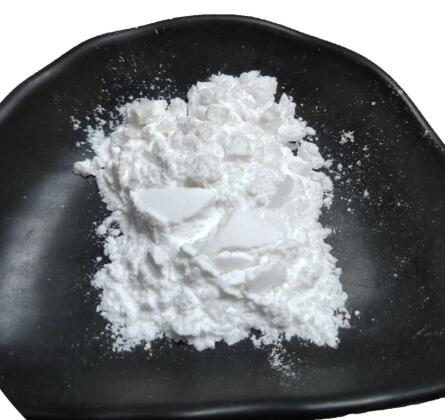Adipic dihydrazide CAS:1071-93-8
Adipic dihydrazide is a bifunctional compound that contains two hydrazide functional groups (-CONH-NH2) connected by an aliphatic chain of six carbon atoms. This structure imparts distinct reactivity, allowing for various applications in synthetic organic chemistry and materials science. One of the notable features of adipic dihydrazide is its capacity to form covalent bonds through condensation reactions, which makes it an essential building block for creating complex macromolecules. In polymer chemistry, adipic dihydrazide is widely utilized as a cross-linking agent in the synthesis of polyamides and polyurethanes. The presence of multiple reactive sites enables the formation of three-dimensional networks when combined with polyfunctional isocyanates or other monomers. This cross-linking enhances the thermal stability, mechanical strength, and resistance to solvents of the resulting polymers, making them suitable for demanding applications such as coatings, adhesives, and elastomers. Furthermore, adipic dihydrazide has gained attention in the development of hydrogels, which are water-swollen networks of polymer chains. These materials have numerous biomedical applications, including drug delivery systems, wound dressings, and tissue engineering scaffolds. The hydrophilic nature of ADH allows for high water retention capacity, which is crucial for maintaining a moist environment in medical applications. In addition to its use in polymers, adipic dihydrazide plays a role in pharmaceutical chemistry. It can serve as a precursor for synthesizing bioactive compounds and drug candidates. For example, modifications to the hydrazide functionality can lead to the creation of antihypertensive agents and anti-inflammatory drugs, demonstrating its versatility in medicinal chemistry. Moreover, research into adipic dihydrazide has revealed its potential applications in agriculture, particularly in the formulation of slow-release fertilizers and pesticides. By incorporating ADH into formulations, researchers aim to enhance the effectiveness and longevity of agrochemicals, promoting sustainable agricultural practices. The reactivity of adipic dihydrazide also allows it to participate in various organic transformations, including condensation and cyclization reactions. These reactions can yield diverse derivatives, expanding the range of functional materials and chemicals obtainable from this compound. In summary, adipic dihydrazide is a multifunctional compound with significant implications in polymer chemistry, pharmaceuticals, and agriculture. Its ability to act as a cross-linking agent and participate in various chemical reactions renders it a valuable intermediate for developing innovative materials and therapeutic agents. As ongoing research continues to explore its potential, adipic dihydrazide remains a key player in advancing both industrial applications and scientific understanding in various fields.



| Composition | C6H14N4O2 |
| Assay | 99% |
| Appearance | white powder |
| CAS No. | 1071-93-8 |
| Packing | Small and bulk |
| Shelf Life | 2 years |
| Storage | Store in cool and dry area |
| Certification | ISO. |





